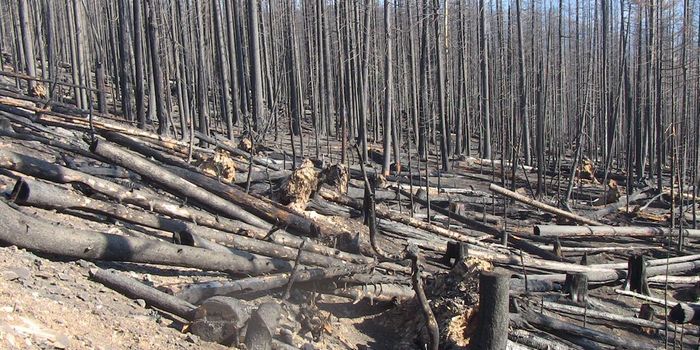Bird abundance falling in remote parts of the Amazon
A new study published in Ecology Letters has documented a consistent fall in biodiversity in the Amazon. The scientists who conducted the study at Louisiana State University say that this trend is particularly notable among birds and aligns with global trends.
The team collected data from a remote part of the Amazon rainforest, north of Manaus, Brazil, as part of the Biological Dynamics of Forest Fragments Project. Lead author Phillip Stouffer has been working in the region since 1991 monitoring birds. The professor at the LSU School of Renewable Natural Resources commented: "What we think is happening is an erosion of biodiversity, a loss of some of the richness in a place where we would hope biodiversity can be maintained."
In order to address this concern, the team conducted an analysis comparing data over 35 years and 55 sites.
"It's a very robust dataset from a variety of places collected over many years. It's not just some fluke. It looks like there's a real pattern and it looks like it could be linked to things we know are happening with global climate change that are affecting even this pristine place," comments co-author Stephen Midway, who is an assistant professor in LSU’s Department of Oceanography & Coastal Sciences.
Stouffer explained that he and his students began to notice the absence of certain bird species year after year. "Our nostalgia was correct -- certain birds are much less common than they used to be," Stouffer said. "If animal patterns are changing in the absence of landscape change, it signals a sobering warning that simply preserving forests will not maintain rainforest biodiversity."

The scientists also found that generally speaking, birds that live on or near the forest floor where they forage on arthropods, mostly insects, are declining in abundance. Meanwhile, birds that also eat fruit are increasing in abundance. While this finding shows a glimmer of hope in certain species’ resiliency, the authors are particularly concerned that such stark declines in population are so significant even in remote areas that are supposedly untouched by human factors.
"The idea that things are changing, even in the most pristine parts of our planet yet we don't even know it, illustrates the need for us to pay more attention," Stouffer said.
Sources: Ecology Letters, Science Daily








